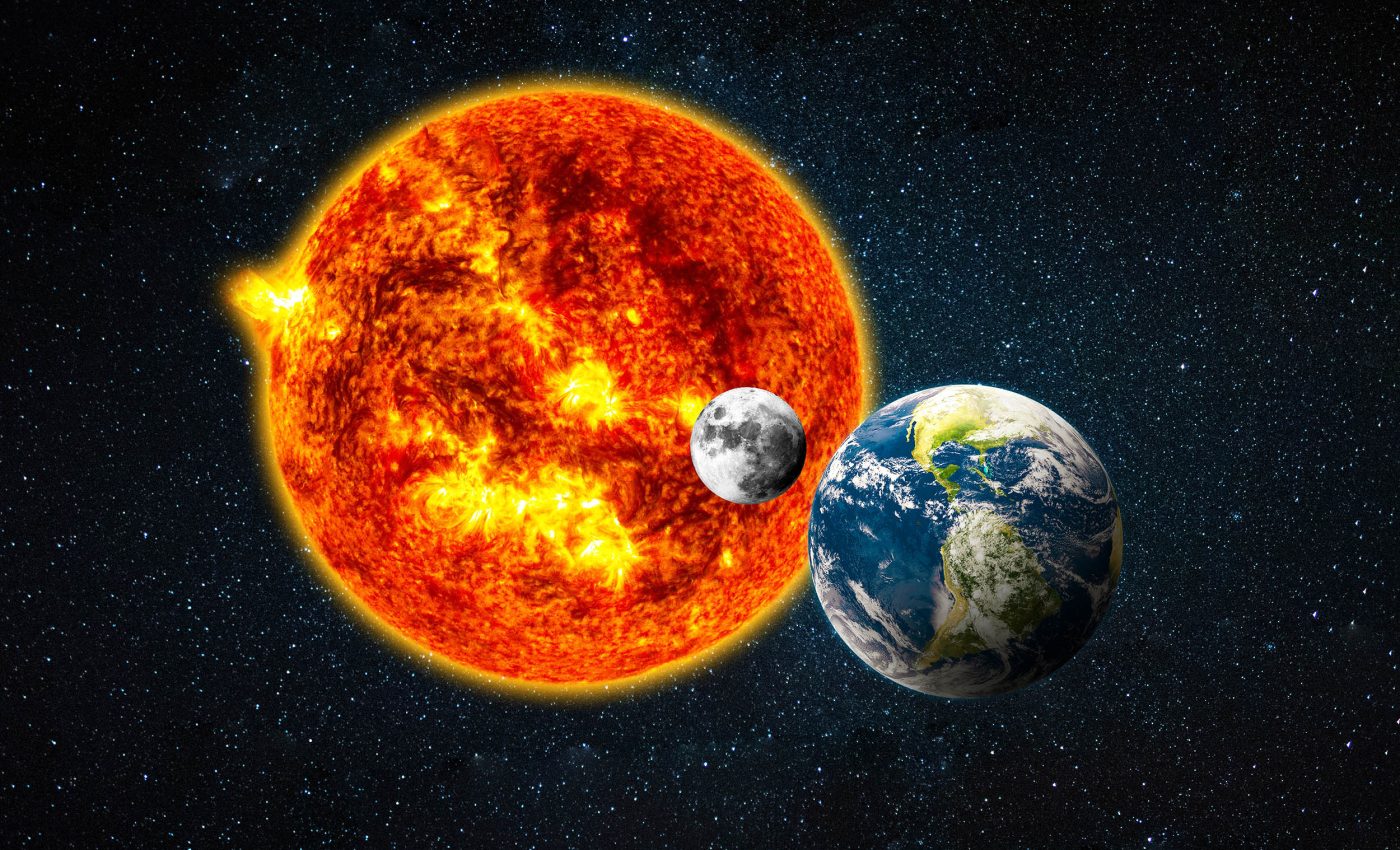
Sun's next solar cycle has already begun
“Early bird gets the worm,” they say. And our very own celestial early bird, the Sun, seems to be rising ahead of its time, already starting its next solar chapter, solar cycle 26, while being halfway through the current one.
Why is the Sun in such a hurry?
The scientist behind this discovery is Dr. Rachel Howe, a research fellow at the University of Birmingham.
Dr. Howe, working in collaboration with international analysts, has been tracking the sun’s internal sound waves and their contribution to its rotation cycle.
Discovering Solar Cycle 26
The Sun’s activity cycle, known as the solar cycle, spans approximately 11 years. Imagine it as a celestial rollercoaster, with the ‘solar maximum’ representing the peak of its activity.
During this phase, we observe an increase in solar flares, sunspots, and coronal mass ejections, marking a period of heightened solar phenomena.
At the solar maximum, the Sun’s magnetic field undergoes a polar flip, akin to swapping poles. This natural process influences space weather and can have significant impacts on Earth’s magnetic field and satellite operations.
We are currently in Cycle 25, which commenced in 2019 and is anticipated to continue until 2025.
However, Dr. Howe and her research team have identified something intriguing. Preliminary signs of the subsequent solar cycle, Cycle 26, appear to be emerging earlier than expected.
These early indicators include the formation of new sunspots and subtle shifts in the Sun’s magnetic field, heralding the arrival of the next cycle.
This discovery prompts an engaging question: What might this premature activity signify? Could it indicate a more intense and turbulent solar cycle ahead, or does it suggest that our understanding of solar dynamics needs reevaluation?
Sounds of the Sun
Measured by the Sun’s internal sound waves, the pattern of solar torsional oscillation reveals bands rotating at different speeds.
During the activity cycle, these bands drift towards the Sun’s equator and its poles. These accelerated rotation belts typically emerge before the official commencement of the next solar cycle.
“It’s exciting to see the first hint that the pattern will repeat again in Cycle 26, which is due to start in about six years,” expressed Dr. Howe.
To get a grasp of these solar stirrings, astronomers use helioseismic data from various observatories and satellites. The data, dating back to 1995, offers an opportunity for comparison across various solar cycles.
Importance of solar cycles
Solar cycles affect way more than just sunspots and flares on the Sun’s surface. These cycles send a burst of electromagnetic energy towards Earth, making our night skies light up with auroras more frequently and even at lower altitudes.
But it’s not just about the stunning auroras. Solar cycles also mess with satellite communications, GPS systems, and power grids.
The spike in electromagnetic activity can disrupt these technologies, causing headaches in navigation and communication.
Understanding solar cycles is key for space weather prediction, helping scientists prepare for and reduce the effects of solar storms on our planet.
So, the Sun’s cycles and our experiences on Earth are more connected than you might think. From the beauty of auroras to the practical impact on technology and infrastructure, solar cycles have a big and significant influence.
Impact of early solar cycle 26
If the Sun is indeed starting its 26th cycle early, what could the consequences be? Will there be more frequent displays of the Northern and Southern lights? Or, could it result in more significant solar-related phenomena?
These are questions that scientists like Dr. Howe aim to answer by continuously monitoring the Sun’s activity.
“With more data, I hope we can understand more about the part these flows play in the intricate dance of plasma and magnetic fields that form the solar cycle,” says Dr Howe.
Future implications and research directions
Understanding the early onset of Cycle 26 is crucial for both advancing scientific knowledge and preparing for potential impacts on Earth.
The alignment and interactions of the Sun’s magnetic fields during these solar cycles can influence space weather, affecting satellite operations, communication systems, and even power grids.
As we gather more data on these premature characteristics, researchers can refine predictive models, improving our ability to forecast solar activity and mitigate its effects.
Additionally, studying these cycles contributes to broader astrophysical research, offering insights into the behaviors of other stars.
Dr. Howe and her colleagues remain vigilant, using cutting-edge helioseismic tools and data analysis techniques to unlock the mysteries of our dynamic and life-sustaining star.
Early rise
An early sunrise for the Sun signals more than just the start of a new day. It’s an intriguing event that could have far-reaching implications.
As we wait for more research findings, one thing’s clear. Our celestial sphere is an endless source of surprises and fascination.
Perhaps there’s more truth to the saying that “the early bird gets the worm” – or, in this case, the early Sun might reveal more about the cosmic universe.
—–
Like what you read? Subscribe to our newsletter for engaging articles, exclusive content, and the latest updates.
Check us out on EarthSnap, a free app brought to you by Eric Ralls and Earth.com.
—–













